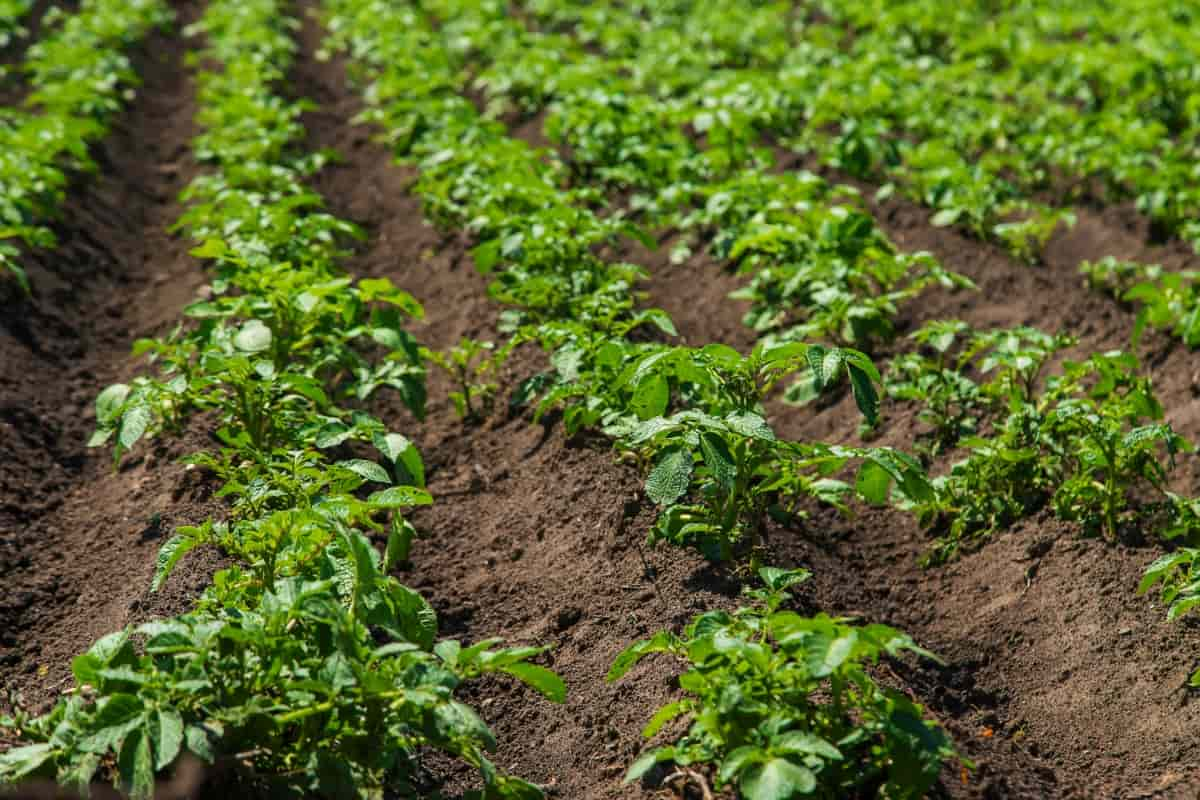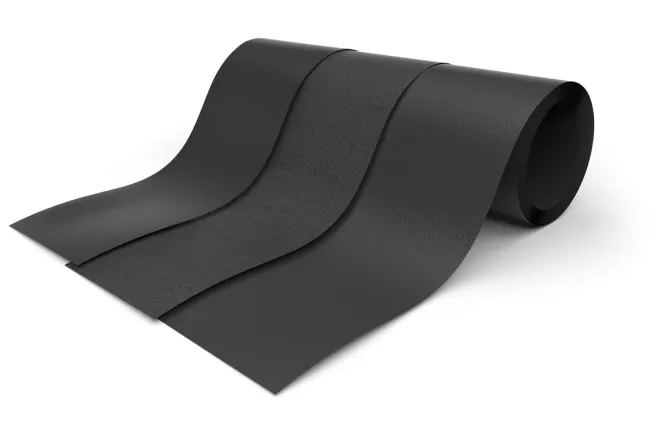Black Soil: A Versatile Natural Resource with Vast Applications...!!!
Black soil is a valuable natural resource with extensive applications in agriculture, construction, landscaping, and industry. Its unique properties, including high fertility, moisture retention, and self-ploughing, make it suitable for various uses.

Black soil, also known as "regur soil" or "black cotton soil," is a type of soil characterized by its rich clay and organic matter content, which gives it a dark hue. Predominantly found in the Deccan Plateau of India, covering states like Maharashtra, Madhya Pradesh, Gujarat, Andhra Pradesh, Tamil Nadu, and Karnataka, this soil is known for its exceptional fertility. Its unique properties make it ideal for various agricultural and non-agricultural uses.
Properties of Black Soil
-
Color:
-
The dark color of black soil is due to its high organic matter content and the presence of minerals like iron and magnesium.
-
-
Texture:
-
Black soil is typically clayey, providing a fine-grained structure. It is renowned for its moisture-retaining capacity, which is advantageous for crop growth.
-
-
Fertility:
-
Black soil boasts high fertility due to its elevated cation exchange capacity (CEC) and the presence of essential nutrients like calcium, magnesium, and potassium. However, it is often low in nitrogen and phosphorus.
-
-
Water Retention:
-
One of the standout features of black soil is its excellent moisture retention. The clay content allows it to swell and retain water, making it suitable for dry farming.
-
-
Self-Ploughing:
-
Black soil possesses a unique self-ploughing property. During the wet season, it swells and becomes sticky, while in the dry season, it contracts and forms deep cracks. This natural process helps aerate the soil, reducing the need for frequent ploughing.
-
-
pH Level:
-
The pH of black soil ranges from neutral to slightly alkaline (6.5 to 8.0), which is ideal for most crops.
-

Formation of Black Soil
Black soil primarily forms from the weathering of volcanic rocks, particularly basalt. The process involves the breakdown of rocks over time due to physical and chemical weathering, resulting in fine particles rich in clay and organic matter. The volcanic origin of the soil imparts a high mineral content, enhancing its fertility.
Uses of Black Soil
The unique properties of black soil make it suitable for a diverse range of applications. Here are some primary uses:
-
Agriculture:
-
Crop Cultivation: Black soil is exceptionally suitable for growing various crops due to its fertility and moisture-retaining capacity. Cotton is the most notable crop grown in black soil, hence the name "black cotton soil." Other crops that thrive in black soil include cereals (wheat, maize, sorghum), pulses (lentils, chickpeas), oilseeds (sunflower, soybean), and vegetables (tomatoes, potatoes, onions).
-
Dry Farming: Black soil is ideal for dry farming due to its ability to retain moisture, allowing crops to rely on retained water during dry periods, thus reducing the need for frequent irrigation.
-
-
Construction:
-
Brick Making: The high clay content in black soil makes it suitable for brick making. The soil is mixed with water, molded into bricks, and fired in a kiln to produce durable construction bricks.
-
Adobe Construction: In some regions, black soil is mixed with straw and water to create adobe bricks for building traditional houses. Adobe construction is an eco-friendly and cost-effective building method.
-
-
Landscaping and Gardening:
-
Garden Beds and Lawns: Black soil is used in landscaping and gardening for creating garden beds and lawns due to its fertility and moisture-retaining properties. It can be mixed with compost and other amendments to enhance nutrient content.
-
Potting Mix: Black soil is often included in potting mixes for container gardening, providing a stable base and retaining moisture, reducing the need for frequent watering.
-
-
Soil Conservation:
-
Erosion Control: Black soil is employed in soil conservation practices to prevent erosion. Its moisture retention and stable aggregate formation help maintain soil structure and reduce erosion by wind and water.
-
Afforestation: Black soil supports afforestation projects by aiding the growth of trees and shrubs on degraded land. Its fertility helps establish a robust vegetation cover.
-
-
Industrial Uses:
-
Ceramics and Pottery: The clay content in black soil makes it ideal for ceramics and pottery. Artisans use black soil to craft clay pots, tiles, and other ceramic items, which are then fired in kilns to harden.
-
Iron and Steel Industry: Black soil contains iron oxides, which serve as raw materials in the iron and steel industry, contributing to the production of iron and steel products.
-
-
Water Management:
-
Water Harvesting: Black soil is utilized in water harvesting projects to construct water storage structures like ponds and check dams. Its moisture-retaining capacity helps store water during the rainy season for use during dry periods.
-
Groundwater Recharge: Black soil is used in groundwater recharge projects, allowing water to percolate through the soil to replenish underground aquifers, maintaining groundwater levels for sustainable water supply.
-
Challenges and Management of Black Soil
Despite its numerous benefits, black soil presents challenges that require effective management:
-
Nutrient Deficiency:
-
Black soil is often deficient in nitrogen and phosphorus, essential for plant growth. Appropriate fertilizers must be applied to address these deficiencies and ensure optimal crop yields.
-
-
Waterlogging:
-
Black soil can become waterlogged during the rainy season due to its high water retention. Implementing proper drainage systems is necessary to prevent waterlogging and protect crops.
-
-
Cracking:
-
The natural property of black soil to form deep cracks during the dry season can damage crop roots. Adopting suitable cropping practices and irrigation methods can minimize this impact.
-
-
Soil Erosion:
-
While black soil is relatively resistant to erosion, improper land management can lead to erosion. Conservation practices like contour plowing, terracing, and cover cropping help prevent soil erosion.
-
Black soil is a valuable natural resource with extensive applications in agriculture, construction, landscaping, and industry. Its unique properties, including high fertility, moisture retention, and self-ploughing, make it suitable for various uses. Effective management and conservation practices enhance the productivity and sustainability of black soil, ensuring its continued benefits for future generations.
Understanding the characteristics and uses of black soil enables informed decisions for its effective utilization. Whether for crop cultivation, building structures, or soil conservation, black soil remains a critical component of the natural environment and human activities.
What's Your Reaction?

















